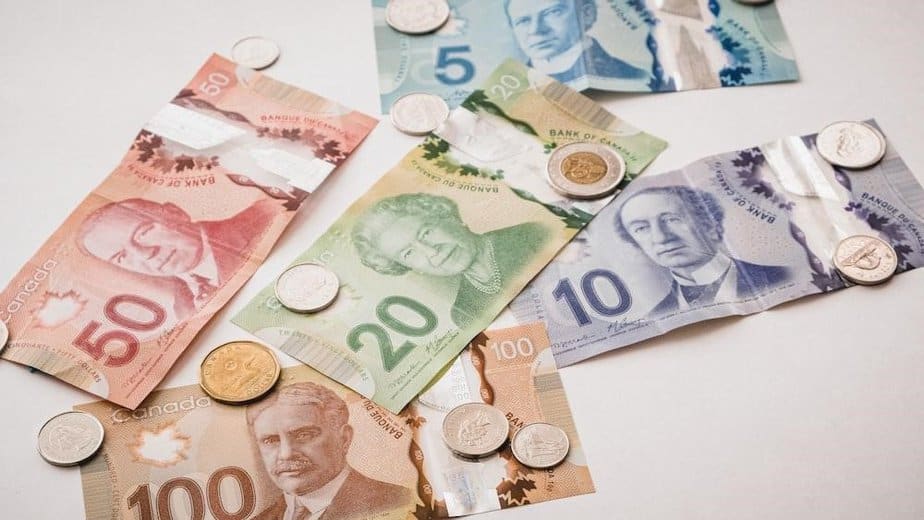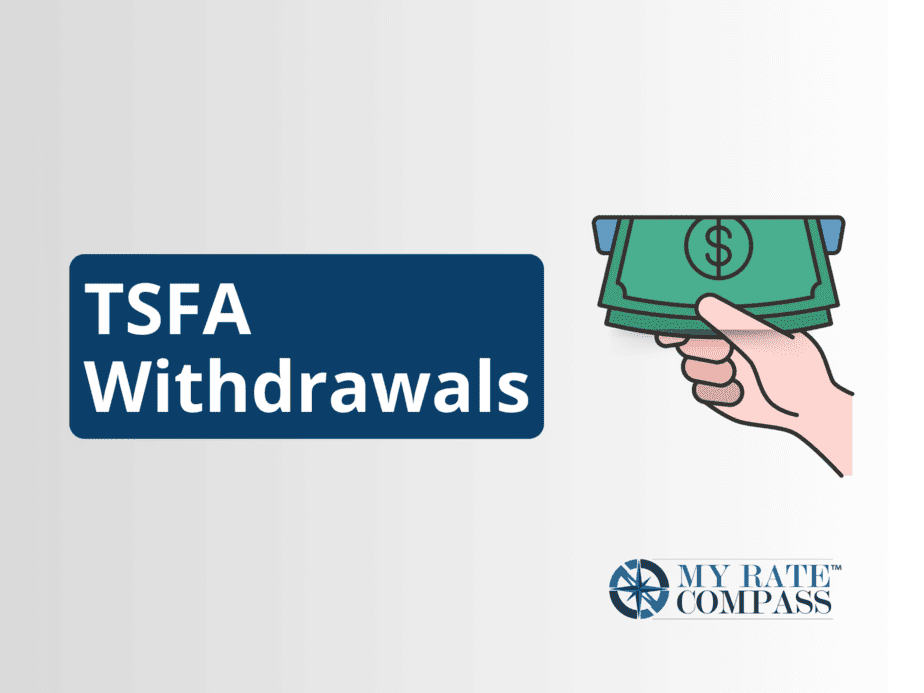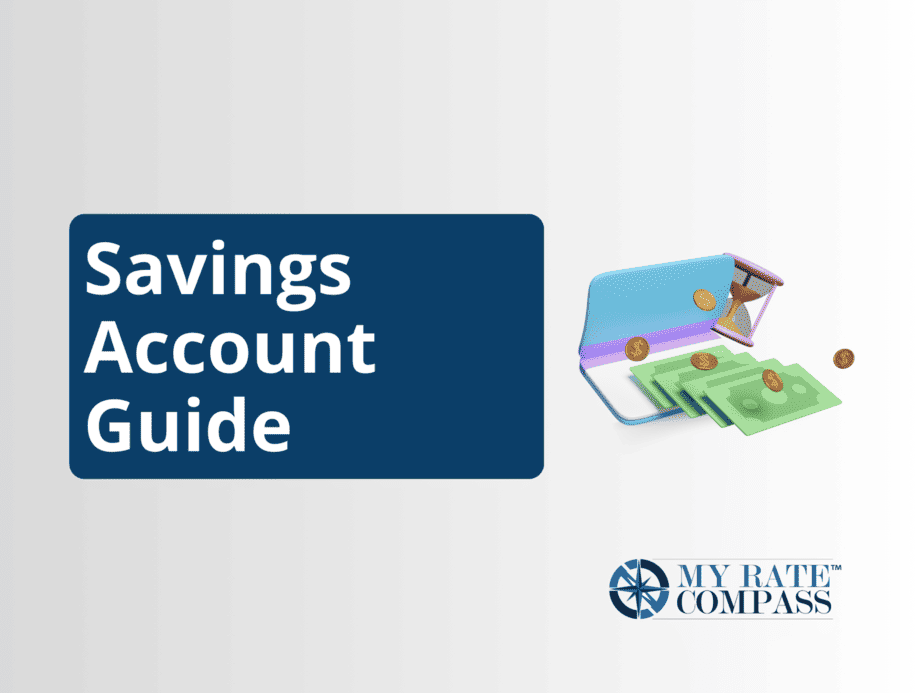A TFSA, or tax-free savings account, is one of the most powerful saving and investing tools available to Canadians. At some point, you may need to access the money within your TFSA for a home down payment, tuition, emergency or virtually any other reason. Thankfully, making a withdrawal from a TFSA is quite simple, but there are some rules and restrictions to be aware of. To learn more about withdrawing from a TFSA, continue reading below.
What is a TFSA?
A TFSA is the abbreviation of tax-free savings account. TFSAs are registered with the Government of Canada and allow users to earn money from investments tax-free. The government introduced TFSAs in 2009 as a way to motivate Canadians to save and invest money.
Because a TFSA is a registered account, it has various rules and restrictions. Account holders can only contribute a certain amount of money every year. Withdrawals are more flexible, making the account optimal for any savings goal.
What Investments Can a TFSA Hold?
A TFSA is an extremely versatile savings account. You can invest your savings into stocks, bonds, mutual funds, GICs and ETFs. You can also put plain cash into a TFSA which is helpful if you have an emergency fund or are saving for a down payment.
Keep in mind that if you invest the money in your TFSA, withdrawing can become more complex. For example, if you have money invested in the stock market, you’ll need to sell stock in order to withdraw cash. Or, if you have a GIC, you may not be able to access those funds until a certain date unless you pay a fee.
How Does a TFSA Differ from a Regular Savings Account?
The main difference between a TFSA and a regular savings account is the taxation on interest, capital gains or other investment income. Investment earnings in a TFSA are not taxed, but investment earnings from a regular savings account are taxed.
For example, let’s say you have $1,000 in a TFSA and you invest it in a GIC. Over the year, you earn $100 from the $1,000 you invested. Because that $100 investment income was earned in your TFSA, you will not be taxed on those earnings. However, if the same thing happened in a regular savings account, you would be required to pay tax on the $100 you earned in investment income.
Keep in mind that tax only applies on investment income when you sell the investment, or when the gain becomes ‘realized’. If you are holding an investment that has accrued earnings, the gain is ‘unrealized’ and you will not pay tax.
Another major difference is the restrictions on contributions and withdrawals. Saving accounts allow you to contribute and withdraw as much as you want and when you want. On the other hand, TFSAs are much more restrictive, as we will see below.
TFSA Withdrawals
In general, you can withdraw any amount from your TFSA at any time. That being said, there are specific rules surrounding TFSAs that you should be mindful of before making a withdrawal.
Contribution Room
Contribution room is the total amount of money you can currently add to your TFSA. Contribution room can be calculated by taking the maximum amount you can contribute for the taxation year less what you’ve already contributed in the taxation year. In January, the CRA will communicate how much contribution room you have for the taxation year.
When you withdraw from a TFSA, your contribution room will increase by the amount you withdrew, but not immediately. Your contribution room will increase by the amount you withdraw the following taxation year in January. In other words, when you withdraw from a TFSA, you do not lose the contribution room in the long run, but you do in the short run.
It’s important to be mindful of your contribution room because over contributing comes with hefty penalties. If you exceed the maximum amount of contribution room, you’ll have to pay the Canada Revenue Agency (CRA) 1% of the highest excess TFSA amount in the month for every month that the excess amount remains in your account. Over contributing is one of the most common mistakes Canadians make – don’t make the same error!
Re-contributing to a TFSA
In the year that you make a withdrawal from a TFSA, there is no effect on your contribution room. Although, it will impact your contribution room in the following year. For this reason, when you make a withdrawal, you cannot re-contribute that amount until the next taxation year. Remember that a ‘year’ in the eyes of personal taxes means January to December.
You might be confused at this point! Don’t fret – this stuff is complex. To help you understand the process, below is an example.
| Date | Event | Available Contribution Room |
| March 28, 2018 | Andy turns 18 and opens a TFSA | $5,500 |
| July 16, 2018 | Andy contributes $4,000 | $1,500 |
| November 5, 2018 | Andy withdraws $2,000 | $1,500 |
| December 8, 2018 | Andy contributes $1,000 | $500 |
| January 1, 2019 | End of taxation year, new contribution room available | $8,500 |
The opening balance of the available contribution room is determined by the CRA. To determine what the contribution room was for all taxation years since 2009, visit this website. As you can see, when Andy makes a contribution, the contribution room decreases. But when Andy makes a withdrawal, the contribution room does not change during the year.
On January 1, the contribution room was re-calculated. The number $8,500 is calculated by taking the available contribution room from 2018 ($500), adding the withdrawals back from 2018 ($2,000) then adding the additional contribution room for 2019 ($6,000) which gets you $8,500 ($500 + $2,000 + $6,000).
To summarize, you can recontribute what you withdrew from your TFSA, but you will have to wait until January 1 for your contribution room to be re-calculated. You cannot re-contribute what you withdrew in the same year.
Withdrawal Fees
The Government of Canada does not impose any TFSA withdrawal fees or penalties, including taxation. The only fee the government will charge you is over contribution fees as we saw above.
Although, you may be hit with a withdrawal fee or penalty from your financial institution. In addition, if you want to transfer your TFSA to another institution, you may be charged a fee. If you’re planning on making a withdrawal or transferring your TFSA, ask your bank about their fees so you know what to expect.
Withdrawal Limit
There is no withdrawal limit from a TFSA. Whatever money is in there can be withdrawn at any time! The only restriction is you cannot recontribute those amounts until the next taxation year because you would exceed the contribution room for the current year resulting in a large fine from the CRA.
Tax Planning of Withdrawals
A TFSA is one of the most powerful saving and investment tools available to Canadians. There are strategies you can use to make the most of your TFSA and tax plan. Let’s explore some of these tactics below.
- Better for Long Term Savings. Even though TFSAs can be used for short term savings, you will get the best use out of it by using it for long term savings. The more money you save over time, the larger your tax benefit will be.
- Highest Earning Income Investments. Individuals often have various types of investments, such as GICs, stocks and bonds. Whichever one of your investments earns the most should be kept in your TFSA to take advantage of the tax-free features. Your lower earning investments can be kept elsewhere, especially if you’ve maxed out your TFSA contribution limit.
- TFSA and Retirement. When you’re retired, you’ll be avoiding going into a higher tax bracket. If you’re anticipating a large sum of money to be included in your tax return already, but need cash now, you can withdraw from your TFSA because that money won’t bring you into a higher tax bracket.
- Foreign Investments. If your TFSA contains foreign investments, you might be subjected to special taxation rules. First, you may need to pay foreign non-resident withholding tax. Second, income from foreign stocks can impact your contribution room. If you have foreign stocks,or are considering making an investment, it’s advised that you speak with a professional accountant before proceeding.
- Government Taxation Benefits. Making a withdrawal from a TFSA does not impact your eligibility for certain government taxation benefits. For example, Old Age Security (OAS) benefits will not be affected.
I Over Contributed to My TFSA, How Do I Fix It?
If you over contributed to your TFSA, remove the excess money from your account immediately. You likely will incur a penalty, but removing the amounts now will stop future penalties.
Your next course of action is to contact the CRA and ask for a waiver on the owed penalties. If you have a reasonable excuse, they may waive part or all of the owed penalties. Even if you don’t get anything waived, it’s definitely worth a try because the penalty is expensive!
Finally, you’ll need to complete a TFSA return (RC243) and pay the penalty fee. It can be annoying to pay the fee, however, learn from your mistake and don’t over contribute again!
Withdrawing from Your TFSA
In conclusion, withdrawing from your TFSA is the easy part, it’s the re-contribution that’s the tricky part. In January of every year, make note of your contribution room and never exceed it to avoid penalties. If you’re ever unsure of what your contribution room is during the year, you can check the balance on your online CRA account or by contracting CRA.







